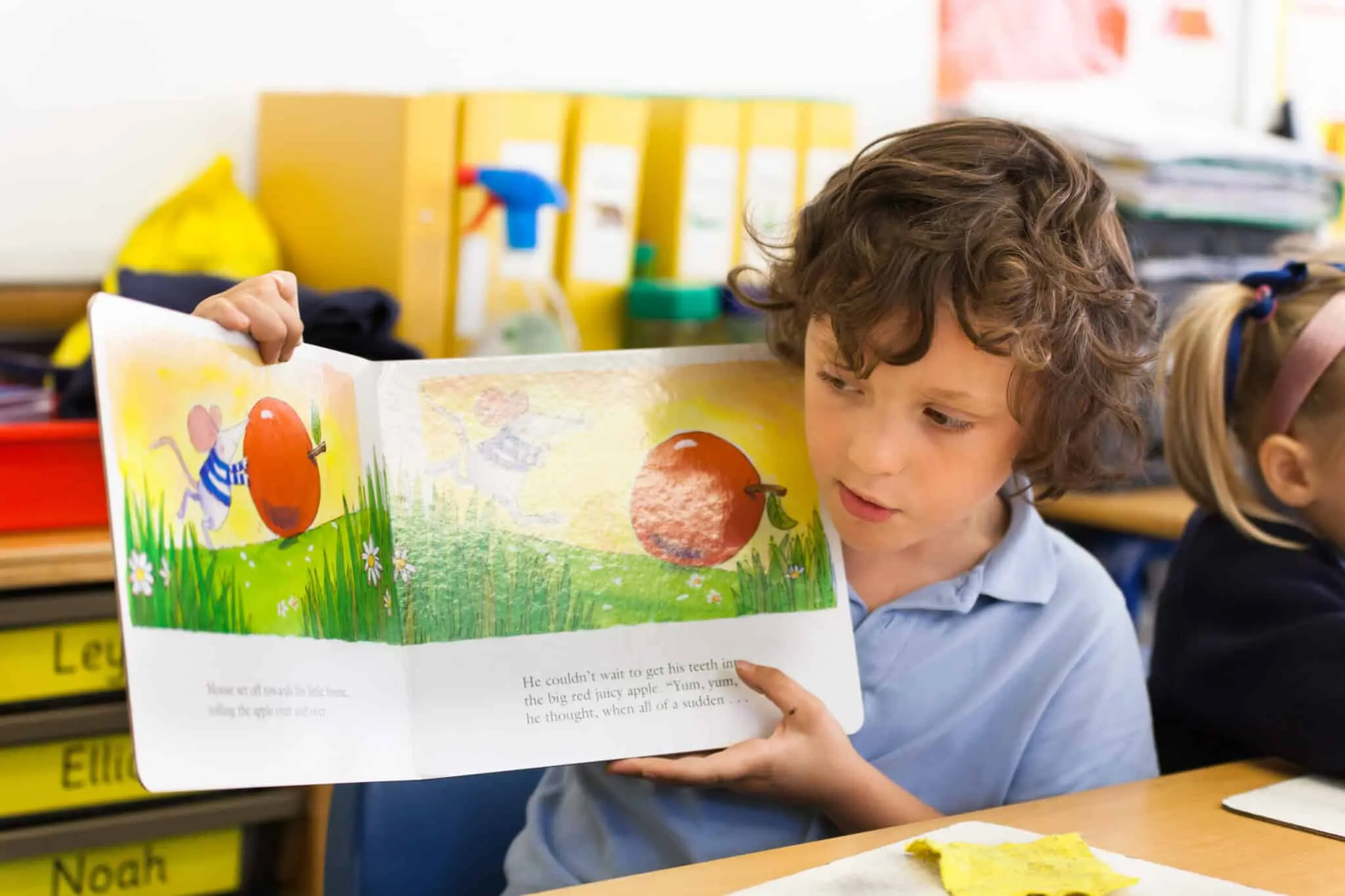July 17, 2017
For Broadwater Church of England Primary School in Worthing, guided reading is a tried and tested strategy for supporting children’s reading development. Having used Renaissance Star Reading with children from Year 3 onwards, the school already recognised the value of independent assessment and external validation when it comes to monitoring and informing reading progress… but Deputy Head Natasha Simpson, a former Early Years teacher, felt even greater impact could be achieved if only there was a similar way to work with the younger children. And there was: Renaissance Star Early Literacy (SEL).
So as the school comes to the end of a year-long SEL pilot with Year 2 classes, Natasha reflects on what she believes have been some real successes and explains why SEL provides a solid foundation to help accelerate the progress of younger readers.
“As any primary teacher will know, the transition from Year 2 to Year 3 is always a tricky one. Not only do we have to prepare teacher assessments by relying on our best judgement, the children are also suddenly faced with lots of new concepts and much higher expectations in terms of progress. Now, for maths and writing it’s very easy to objectively gauge where they are in their development. Reading is a completely different ball game.
The phonics test (completed in Reception) gives us some indication as to a child’s reading ability, but it doesn’t provide any insight into comprehension and understanding. And it certainly doesn’t pinpoint where a child needs additional support. This is exactly where SEL has plugged the gap for us.
Starting with whole class reading and quizzing using Renaissance Accelerated Reader, we gently introduced the children to the concept of SEL – which was essentially sitting a computer adaptive test using headphones at a desktop computer.

Using a combination of pictures, words and sound, these tests are age-accessible for the children and gave us an effective way of assessing their reading progress beyond simple decoding.
As a criterion-referenced assessment system, SEL compares the children to an external standard to give us a reliable and independent reference point. The value of this really came into play from a reporting perspective because after all the children had completed an SEL test, the results confirmed that a lot of them were at a level where they could start using Star Reading. At this point we also had to consider the personalities and maturity of the children, because reading ability is one thing – being able to sit and engage with a 20 minute test on a regular basis is quite another…
That said, the data we gained from SEL alone equipped us with the insight to better inform planning, including the grouping of cohorts as follows:

For each cohort, we then developed a strategy to best support their needs. For example, ‘probable’ readers worked in small groups on quizzes with additional teacher support for six weeks. As part of this programme we showed them how to choose their own books and as a result 35 children have already started using Star Reading in Year 2.
Now, I feel it’s important to emphasise that it’s not a race to get the children using Star Reading early. Instead it’s about nurturing their development at a pace which is supportive and constructive. Whether the children are using Star Reading on arrival in Year 3 or not, the important point is that we have greater insight into each child’s ability and where we can help them most effectively.
While we might be able to identify ‘probable’ and ‘emergent’ readers using teaching experience and knowledge of a child, SEL gives us statistical evidence to support this judgement, which is priceless. Quite simply, the information and data from SEL gives us the tools to be effective in both teaching and planning.

As our first school year with SEL comes to an end, we’re all really excited about what we can go on to achieve next year. It’s been a learning curve with establishing the system and getting to grips with how to use the reports to best support teaching strategies, but I feel we are in a very strong position to build on this when we return in September. More importantly, we’re giving the little oaks the best foundation to be able to make a positive start in Year 3 and ultimately help them to become the mightiest reader they can be.

